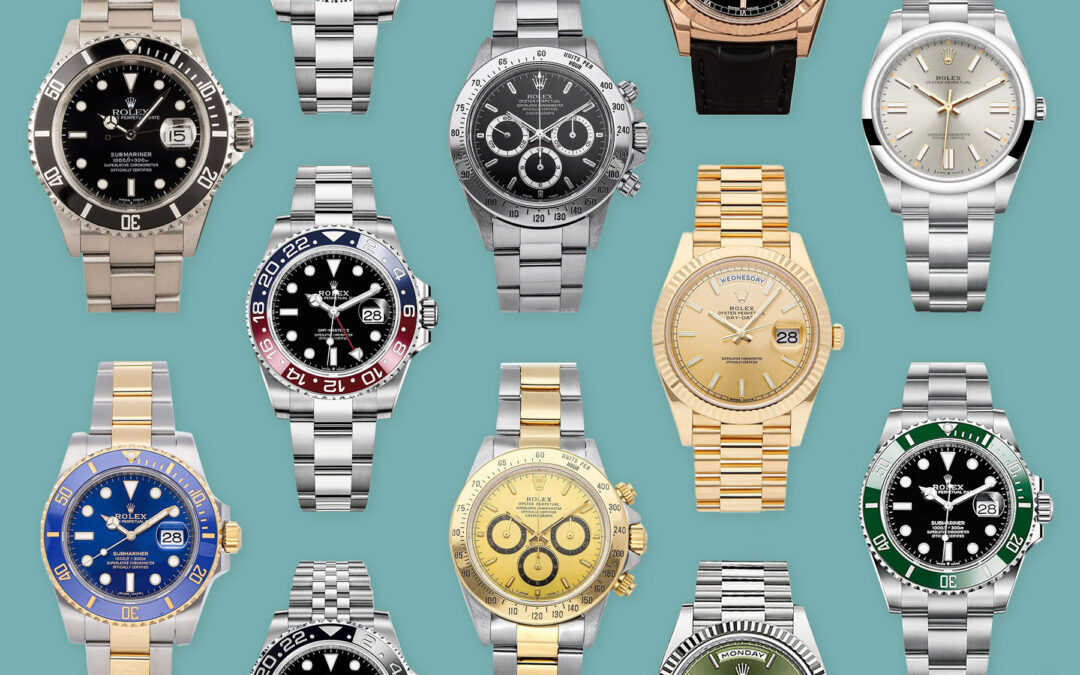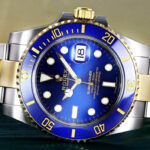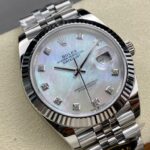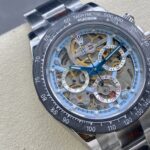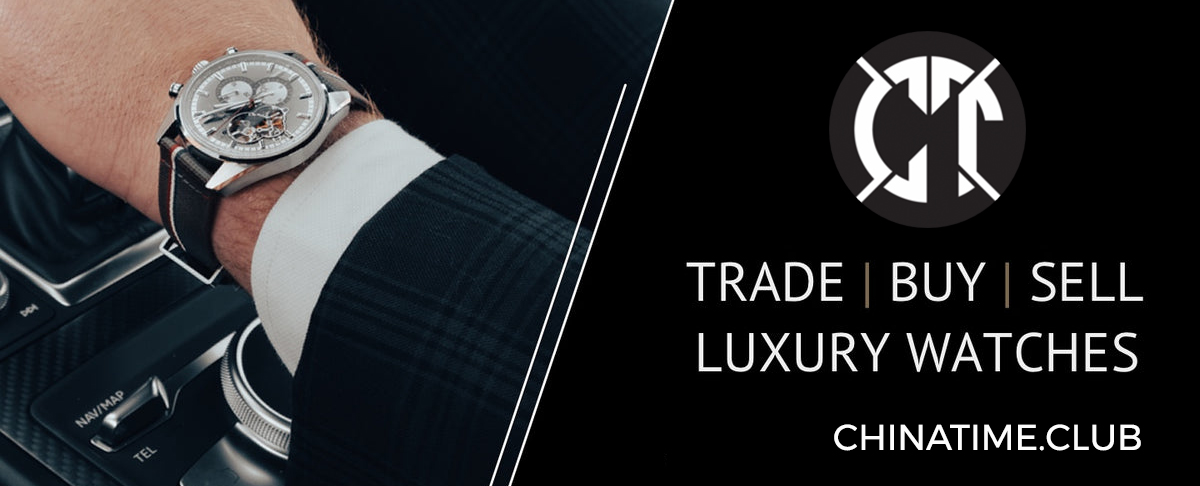The history of Rolex is a fascinating one, full of innovation, luxury, and precision. Founded in 1905 by Hans Wilsdorf, Rolex has grown from a small family-owned business into one of the most well-known and respected luxury watch brands in the world.
The early history of Rolex is closely tied to the development of the wristwatch. Wristwatches had been around for a while, but they were primarily seen as jewelry for women.
Wilsdorf saw the potential for wristwatches to be useful and fashionable for men as well, and he set out to create a high-quality and reliable timepiece that could be worn on the wrist.
In 1910, Rolex released the first wristwatch with a chronometer certification, a designation given to watches that meet the highest standards of accuracy and precision. This was a major milestone for the brand, as it helped establish Rolex as a leader in the watch industry.
Over the next few decades, Rolex continued to innovate and push the boundaries of what was possible with wristwatches
In 1926, they released the Oyster, the first waterproof wristwatch. In 1931, they introduced the first self-winding watch, which used the motion of the wearer’s wrist to wind the mainspring.
In the 1950s, Rolex became associated with luxury and success, with many high-profile celebrities and public figures wearing the brand’s watches. This helped solidify Rolex’s place as a leader in the luxury watch market, and it remains so to this day.
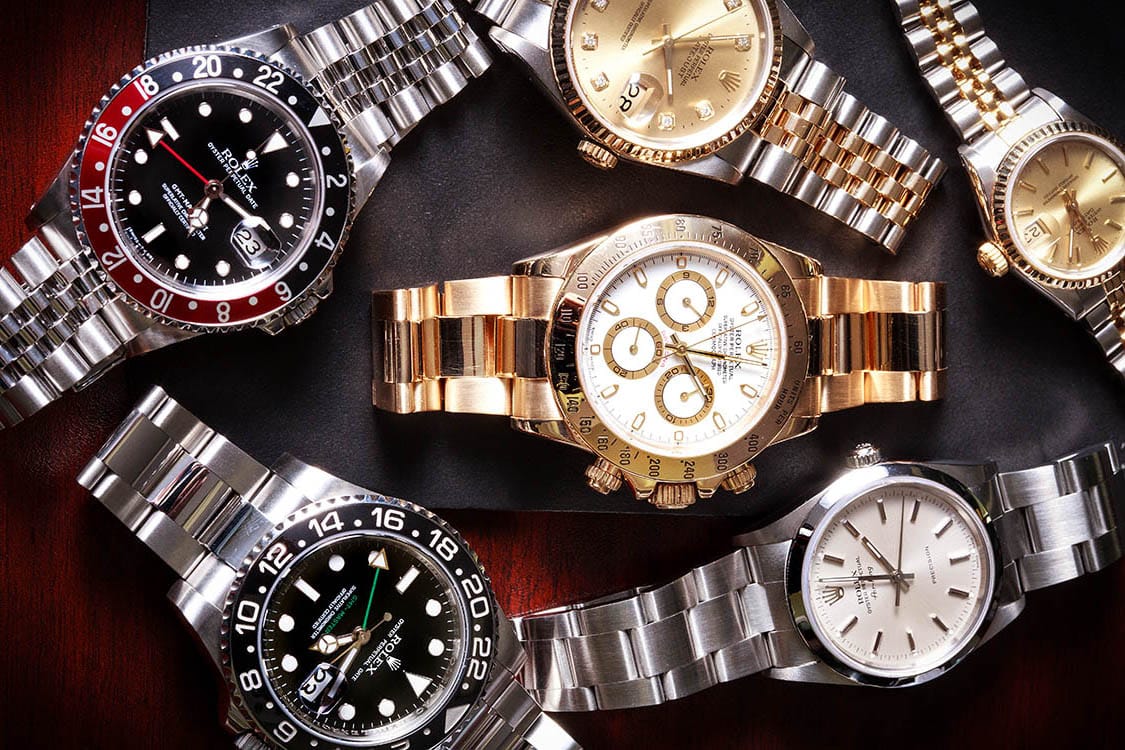
There are many well-known Rolex watches, but some of the most iconic and popular models include:
1. Rolex Submariner – This classic dive watch is known for its rugged durability, water resistance, and sleek design. It’s been worn by many high-profile figures, including James Bond.
2. Rolex Daytona – This chronograph watch was designed for racecar drivers and is known for its precise timing capabilities. It’s a popular choice among collectors and watch enthusiasts.
3. Rolex Datejust – This classic dress watch is known for its timeless design and the date window at the 3 o’clock position. It’s a popular choice for those who want a classic and sophisticated timepiece.
4. Rolex GMT-Master – This watch was originally designed for pilots, and it features a 24-hour hand and a rotating bezel that allows the wearer to track two time zones at once. It’s a popular choice for travelers.
5. Rolex Oyster Perpetual – This entry-level Rolex watch is known for its classic design and reliable performance. It’s a great choice for those who want a quality timepiece at an affordable price.
These are just a few examples of the many well-known Rolex watches. The brand is constantly releasing new models and updates to its existing line, so there are always new and exciting options to choose from.
1. Rolex Submariner
The Rolex Submariner is a classic dive watch that has a rich history and has played a significant role in the development of the modern wristwatch.
The Submariner was first introduced in 1953 at the Basel Watch Fair in Switzerland.
It was designed to be a rugged and reliable timepiece that could withstand the demands of professional diving.
The watch featured a water-resistant case, a rotatable bezel for tracking elapsed time, and a screw-down crown for added water resistance.
Over the years, the Submariner has undergone several updates and improvements, but it has remained true to its original design and purpose.
In the 1960s, Rolex introduced the Submariner Date, which added a date window at the 3 o’clock position. In the 1970s, the brand released the Submariner with a solid gold case and bracelet, which helped cement the watch’s reputation as a symbol of luxury and success.
Today, the Submariner is one of the most iconic and well-known watches in the world. It’s a popular choice among collectors and watch enthusiasts, and it’s been worn by many high-profile figures, including James Bond.
Despite its many updates and improvements over the years, the Submariner remains a reliable and timeless classic.
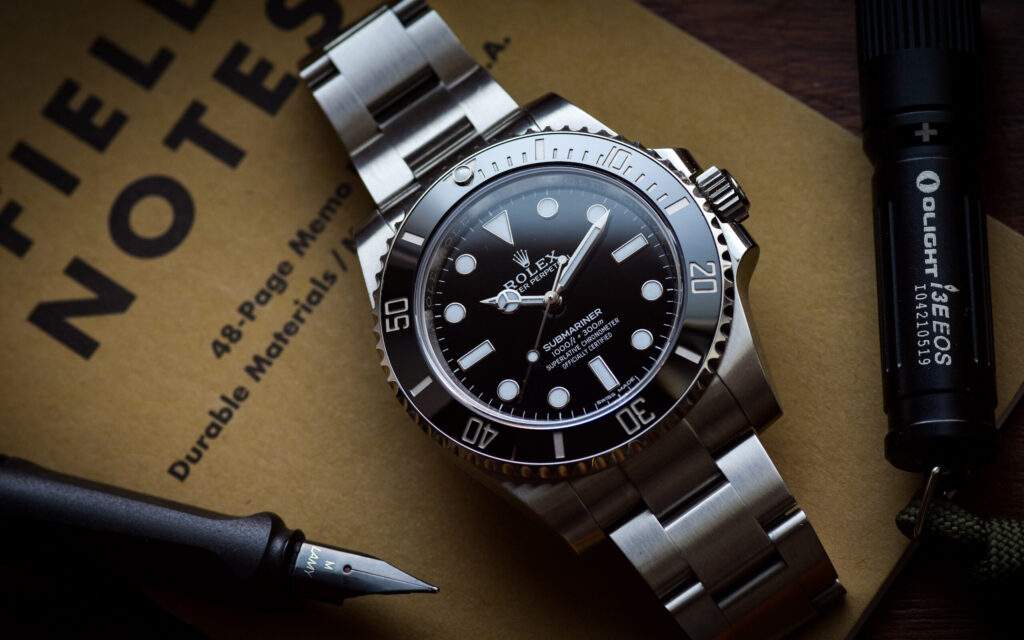
2. Rolex Daytona
The Rolex Daytona is a chronograph watch that was designed for racecar drivers and named after the famous Daytona International Speedway in Florida.
It is known for its precise timing capabilities and has become a popular choice among collectors and watch enthusiasts.
The history of the Rolex Daytona dates back to the early 1960s, when the brand released the Cosmograph, a chronograph watch with a tachymeter scale on the bezel.
This scale allowed the wearer to measure the speed of an object based on the time it took to travel a known distance.
The Cosmograph was well-received, but it wasn’t until the release of the Daytona in the mid-1960s that the watch really gained widespread popularity.
The Daytona featured several updates and improvements over the original Cosmograph, including a more streamlined case, a screw-down crown, and the option for a black dial.
It quickly became a popular choice among racecar drivers and motorsports enthusiasts.
In the 1980s, Rolex released the Daytona with a solid gold case and bracelet, which helped further cement the watch’s reputation as a symbol of luxury and success.
Today, the Daytona is one of the most iconic and well-known watches in the world, and it remains a popular choice among collectors and enthusiasts.
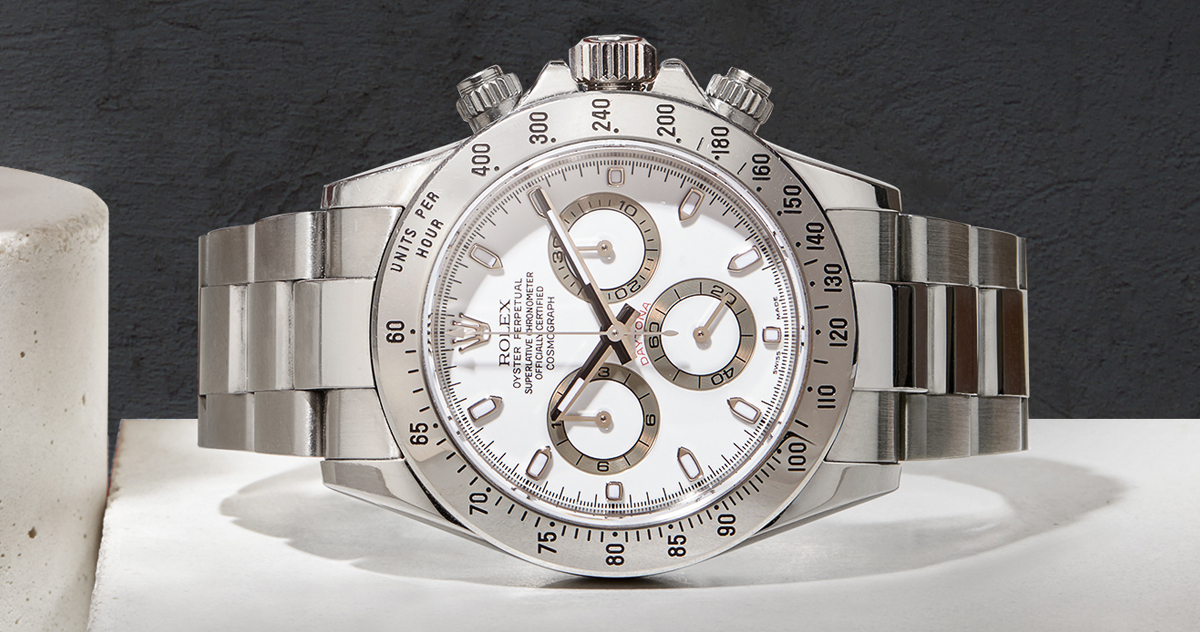
3. Rolex DateJust
The Rolex Datejust is a classic dress watch that is known for its timeless design and the date window at the 3 o’clock position. It is one of the most iconic and well-known watches in the world, and it has played a significant role in the history of the wristwatch.
The Datejust was first introduced in 1945 to celebrate the 40th anniversary of Rolex. It was the first wristwatch to feature a date window that automatically changed at midnight, and this innovative feature helped establish the Datejust as a leader in the watch industry.
Over the years, the Datejust has undergone several updates and improvements, but it has remained true to its original design.
In the 1950s, Rolex introduced the Datejust with a yellow gold case and a Jubilee bracelet, which helped establish the watch as a symbol of luxury and success.
Today, the Datejust is a popular choice among collectors and watch enthusiasts, and it’s available in a variety of materials, including stainless steel, yellow gold, white gold, and platinum.
It’s a classic and sophisticated timepiece that is sure to impress.
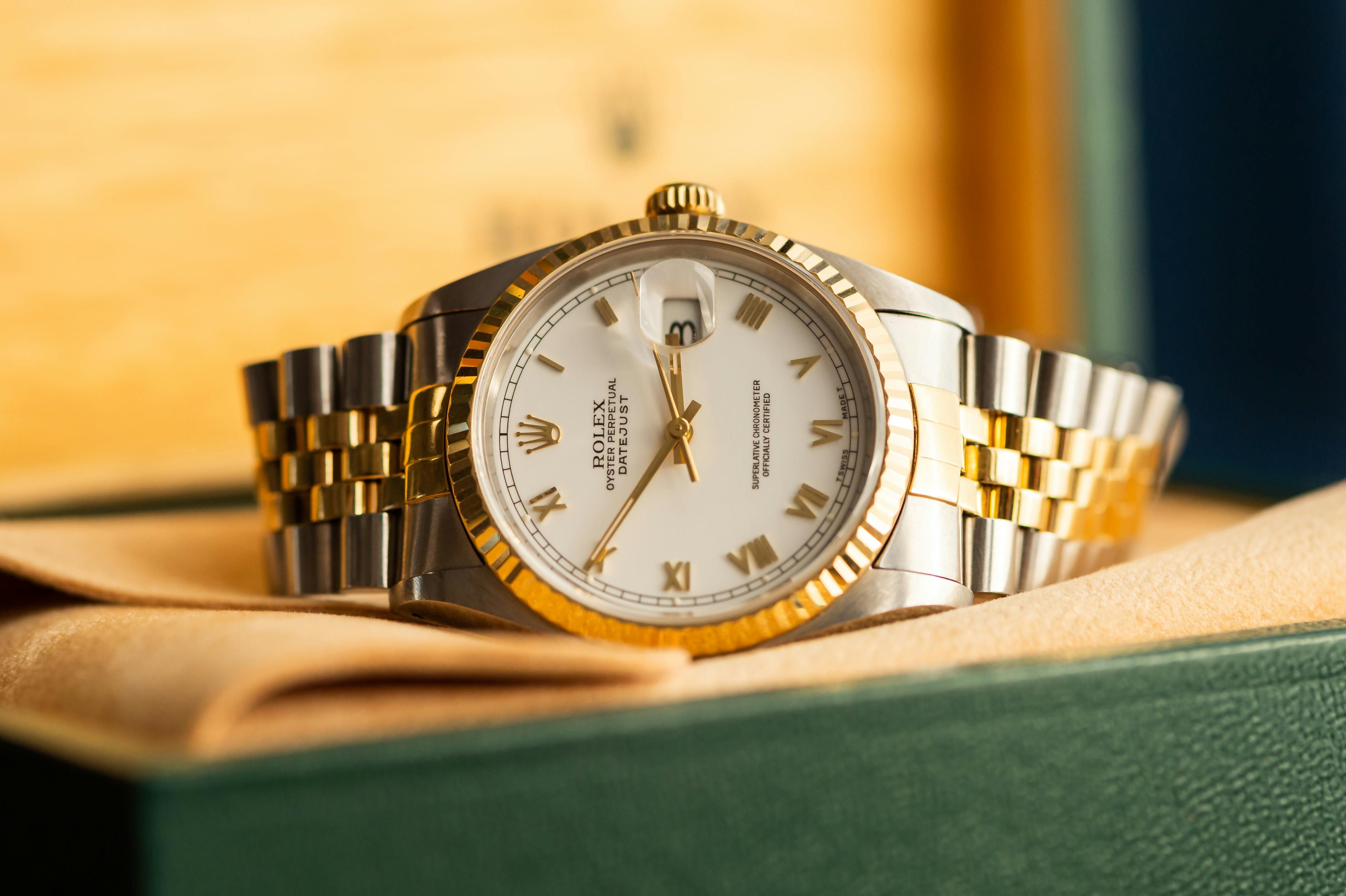
4. Rolex GMT-Master
The Rolex GMT-Master is a watch that was originally designed for pilots and is known for its ability to track two time zones at once. It features a 24-hour hand and a rotating bezel that allows the wearer to track a second time zone in addition to the standard time displayed on the dial.
The history of the GMT-Master dates back to the 1950s, when commercial aviation was in its infancy and long-distance travel was becoming more common.
Pilots often had to fly through multiple time zones, and they needed a reliable and accurate way to keep track of the time.
In response to this need, Rolex partnered with Pan American Airways to create a watch that could track two time zones at once.
The result was the GMT-Master, which was introduced in 1954. The watch was an instant hit, and it quickly became a popular choice among pilots and travelers.
Over the years, the GMT-Master has undergone several updates and improvements, but it has remained true to its original purpose and design. Today, it’s a popular choice among collectors and watch enthusiasts, and it’s known for its rugged durability, reliable performance, and iconic design.
Whether you’re a pilot, a traveler, or just someone who appreciates a high-quality timepiece, the Rolex GMT-Master is a great choice.
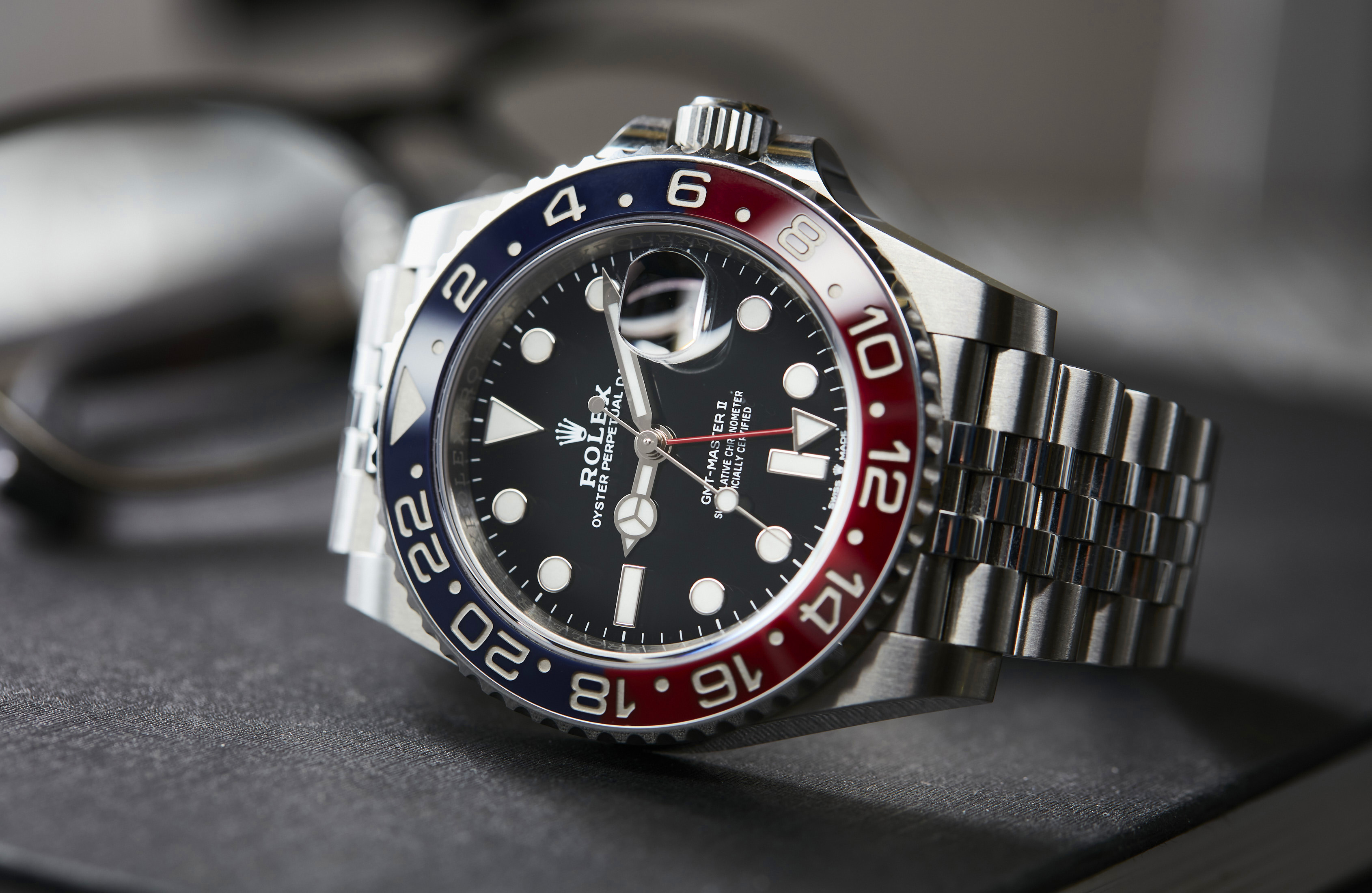
5. Rolex Oyster Perpetual
The Rolex Oyster Perpetual is an entry-level Rolex watch that is known for its classic design and reliable performance. It is a popular choice among those who want a high-quality timepiece at an affordable price.
The history of the Oyster Perpetual dates back to the 1930s, when Rolex introduced the Oyster, the first waterproof wristwatch. The Oyster was a major innovation, and it helped establish Rolex as a leader in the watch industry.
In the 1950s, Rolex released the Oyster Perpetual, which featured a self-winding movement that used the motion of the wearer’s wrist to wind the mainspring
This was a major milestone for the brand, and it helped establish the Oyster Perpetual as a reliable and accurate timepiece.
Over the years, the Oyster Perpetual has undergone several updates and improvements, but it has remained true to its original purpose and design.
Today, it’s a popular choice among those who want a classic and timeless timepiece that is affordable and reliable. Whether you’re just starting your collection or you’re looking for a stylish and practical everyday watch, the Rolex Oyster Perpetual is a great choice.
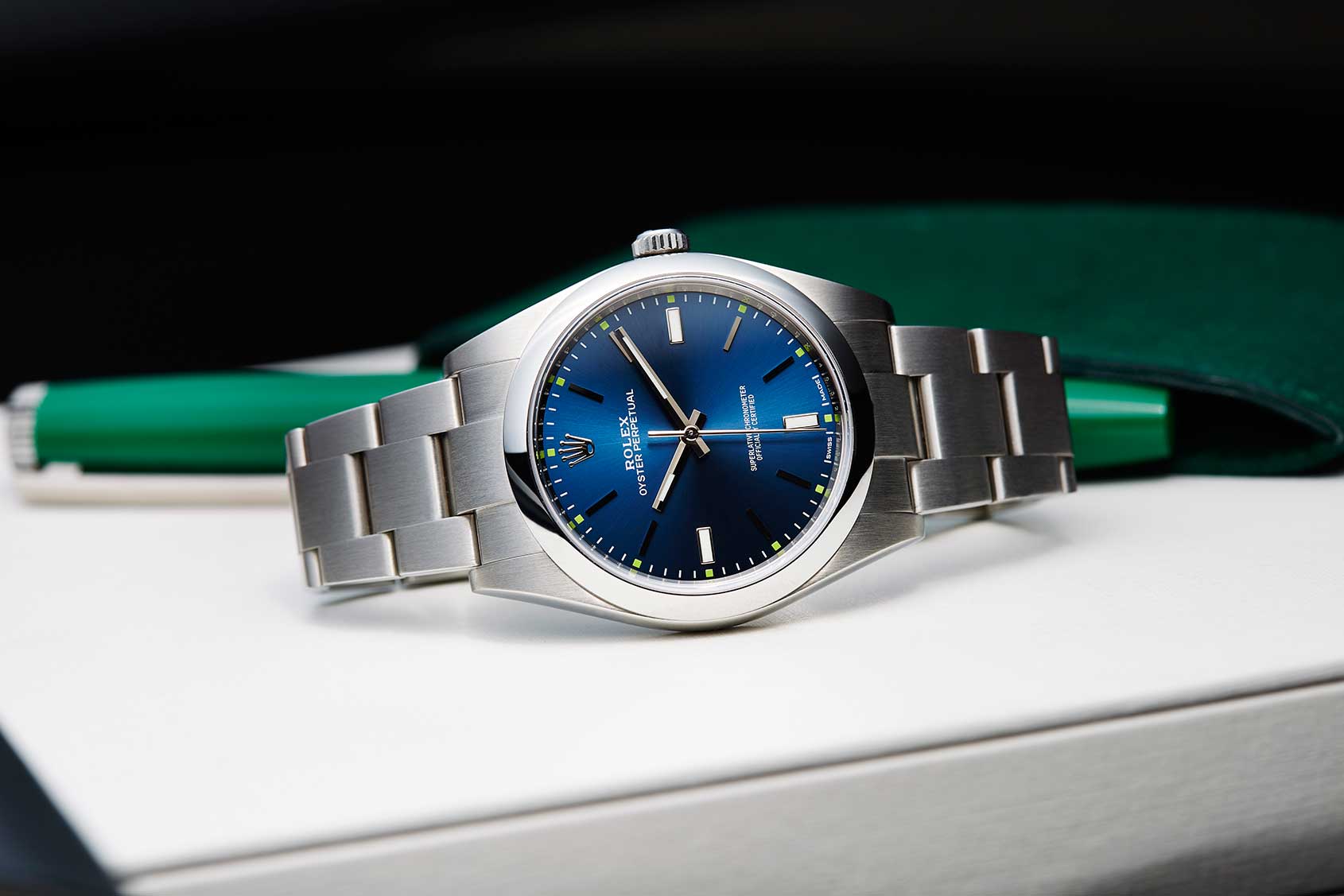
There have been several Rolex watches that have sold for high prices at auctions and through private sales. Here are a few of the most expensive Rolex watches ever sold:
The Rolex Bao Dai – This watch, which was owned by the last emperor of Vietnam, was sold for $5.1 million at a Christie’s auction in 2017.
The Rolex Paul Newman Daytona – This watch, which was owned by actor Paul Newman, was sold for $17.75 million at a Phillips auction in 2017, setting a new record for the most expensive wristwatch ever sold at auction.
The Rolex “Unicorn” – This one-of-a-kind prototype watch was sold for $5 million at a Phillips auction in 2018.
The Rolex “Bumblebee” – This prototype watch was sold for $3.7 million at a Phillips auction in 2018.
These are just a few examples of the many expensive Rolex watches that have been sold over the years. Rolex is a well-respected and high-quality brand, and their watches are often highly sought after by collectors and enthusiasts. As a result, they can command high prices, especially for rare or unique models.

In recent years, there has been controversy surrounding the luxury watch company Rolex. Much of this controversy centers on the labor practices of the company, as well as its environmental impact.
One major area of concern is the use of child labor in the production of Rolex watches. According to some reports, children as young as five years old have been found working in factories that produce components for Rolex watches.
This has led to widespread criticism and calls for the company to improve its labor practices and ensure that all of its suppliers adhere to strict standards for the treatment of workers.
Another area of controversy for Rolex is its environmental impact. The company has been criticized for using materials such as gold and diamonds in its watches, which can have negative environmental consequences due to the mining and extraction processes involved.
Additionally, the production of watches requires a significant amount of energy, and Rolex has faced criticism for not doing enough to offset its carbon emissions and reduce its environmental footprint.
Despite these controversies, Rolex remains a highly sought-after and prestigious brand, with its watches often seen as symbols of success and wealth.
However, as consumers become more aware of the social and environmental issues surrounding the company, it remains to be seen whether this will impact its reputation and sales in the long run.

Rolex watches are made through a combination of advanced technology and traditional craftsmanship. The process begins with the design of the watch, which is created using computer-aided design software.
Once the design is complete, the various parts of the watch are produced using a combination of traditional machining techniques and modern technology such as laser cutting and 3D printing.
The parts are then assembled by hand by highly skilled craftsmen and women, who carefully fit and finish each component to ensure that it meets Rolex’s high standards of quality.
The watches are tested rigorously to ensure that they meet the company’s strict performance standards, and they are also subjected to a variety of simulated wear and tear tests to ensure their durability.

What goes into the production of these highly coveted and collectible timepieces? In this blog post, we’ll take a closer look at the process of making a Rolex watch, from start to finish.
The Design Process
The process of making a Rolex watch begins with the design of the watch itself. Rolex has a team of in-house designers who are responsible for creating the company’s various collections and models. These designers use computer-aided design software to create detailed 3D models of the watches, which allow them to visualize and fine-tune the various components and features of the timepiece.
Once the design of the watch is complete, the designers work with a team of engineers and technicians to develop the manufacturing processes and tools needed to produce the various parts of the watch. This includes everything from the machining of the case and movement components to the creation of the watch’s dial and hands.
Manufacturing the Components
Once the design and manufacturing processes have been developed, it’s time to start producing the various components of the watch. Rolex has a number of state-of-the-art manufacturing facilities around the world that are equipped with the latest technology, including laser cutting and 3D printing machines, to produce the various parts of the watch.
The components of a Rolex watch are made using a variety of materials, including stainless steel, gold, platinum, and ceramic. Each material has its own unique properties and characteristics, and the choice of material depends on the specific requirements of the watch. For example, stainless steel is strong and durable, making it well-suited for sports watches, while gold and platinum are more luxurious and are often used in dress watches.
The Assembling Process
Once the various components of the watch have been produced, it’s time to put it all together. This is where the skills of Rolex’s highly trained craftsmen and women come into play. The watch is assembled by hand, with each component carefully fitted and finished to ensure that it meets the company’s high standards of quality.
The watch is assembled in stages, with the movement (the mechanism that powers the watch) being put together first. The movement is the most complex and delicate component of the watch, and it requires a high level of skill and attention to detail to assemble it correctly. Once the movement is complete, it is tested to ensure that it is operating correctly.
Next, the case, dial, and hands are assembled. The case is the outer part of the watch that houses the movement, and it is typically made of stainless steel, gold, or platinum. The dial is the face of the watch, and it can be made of a variety of materials, including metal, enamel, or mother-of-pearl. The hands are the pointers that indicate the time on the dial, and they are made of metal or coated with a luminous material to make them visible in the dark.
Finally, the watch is fitted with its bracelet or strap, which is the part that secures the watch to the wearer’s wrist. Rolex offers a variety of bracelet and strap options, including metal links, leather, and rubber, to suit the style and preferences of the wearer.

As one of the world’s leading luxury watch brands, Rolex is always looking ahead to the future. From its commitment to innovation and continuous improvement, to its focus on sustainability and social responsibility, Rolex is always striving to be at the forefront of the watch industry.
Here’s are a few interesting facts about Rolex that you may not be aware of:
Rolex is the largest single luxury watch brand in terms of production volume. The company produces over 1 million watches per year, making it the largest watch manufacturer in the world.
Rolex was the first watch company to earn the Swiss Certificate of Chronometric Precision, which is awarded to watches that pass a series of rigorous accuracy tests.
Rolex was also the first watch company to earn the chronometer certification for a wristwatch. This certification is only awarded to watches that meet extremely high standards of accuracy and precision.
Rolex is known for its use of high-quality materials in its watches. For example, the company uses 904L steel, which is more resistant to corrosion and scratching than traditional stainless steel.
Rolex is also known for its use of precious metals in its watches. The company uses 18k gold in its watches, which is a higher quality and more durable gold than the 14k gold that is commonly used in the jewelry industry.
Rolex has a long history of sponsorship and partnerships with sporting events and organizations. The company is a major sponsor of the Wimbledon tennis tournament and the Australian Open, and it is also the official timekeeper of the 24 Hours of Le Mans endurance race.
Rolex has a reputation for being extremely secretive about its operations and business practices. The company is known for keeping its production processes and technology closely guarded, and it is very selective about the information it releases to the public.

So, what’s next for Rolex? Here are a few key areas where the company is likely to focus its efforts in the coming years:
Sustainability and Environmental Responsibility
Rolex has a long history of commitment to sustainability and environmental responsibility. The company has implemented a number of initiatives to reduce its carbon footprint and minimize its impact on the environment, including the use of renewable energy in its manufacturing facilities and the use of recycled materials in its watches.
In the coming years, we can expect to see Rolex continue to focus on sustainability and environmental responsibility, with a continued emphasis on reducing its carbon emissions and minimizing its environmental impact.
Innovation and Technology
Rolex has always been known for its commitment to innovation and technology, and this is likely to continue in the coming years.
The company is constantly exploring new materials, technologies, and manufacturing processes to improve the performance and reliability of its watches.
One area where we can expect to see continued innovation from Rolex is in the use of advanced materials.
The company is always looking for ways to improve the strength, durability, and performance of its watches, and the use of new materials is an important part of this effort.
Social Responsibility
In addition to its focus on sustainability and innovation, Rolex is also committed to being a socially responsible company.
The company has a number of initiatives in place to support education, the arts, and other charitable causes around the world.
In the coming years, we can expect to see Rolex continue to focus on social responsibility, with a continued emphasis on supporting education and the arts, as well as other charitable causes that align with the company’s values and mission.
New Product Lines and Collaborations
Finally, we can expect to see Rolex continue to expand its product line and explore new collaborations in the coming years.
The company is always looking for ways to appeal to new audiences and stay relevant in a constantly changing market, and new product lines and collaborations are an important part of this effort.
Whether it’s introducing new materials, adding new complications to its watches, or partnering with other brands and designers, we can expect to see Rolex continue to push the boundaries and stay ahead of the curve in the coming years.

